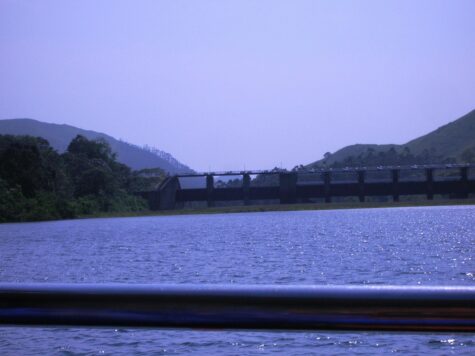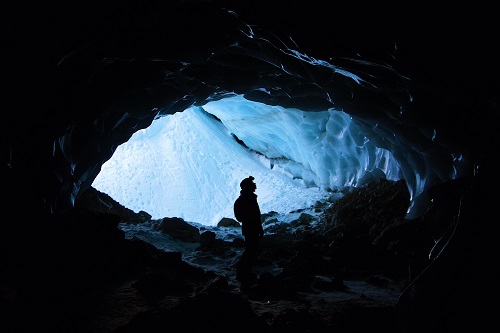Pic credit: By Rameshng at Malayalam Wikipedia, CC BY 3.0, https://commons.wikimedia.org/w/index.php?curid=12670665
On 15th August 2023, we celebrate India’s 77th Independence Day. In various realms, India has proven its mark. In the past 76 years, India has achieved many milestones — food self sufficiency, alleviation of poverty, an all round 77% literacy rate and self reliance in space, defence, energy etc. A national mandate and the people’s determination made all of these milestones possible for our country India.
Among such accomplishments, India’s stewardship of its water resources needs to be mentioned. As per the government records, India has 5334 large dams in operation. A large dam is classified as one with a maximum height of more than 15 metres from its deepest foundation to the crest. Out of this total, fewer than 300 large dams in India was built before 1947. Dams do aid in our progress and growth for a time.
Of the 300 aged dams, one dam is creating panic in Kerala. During the onset of the monsoon, as the skies turn pitch black, fear slowly emerges among many people in the state. Yes, we are speaking of the Mullaperiyar dam in Kerala. Every year, heated debates rage around this dam. The age of the dam, material used for construction, its location (A Zone 3 seismic category).
Our thoughts naturally levitate towards Families and Loved Ones living in Kerala, living in the shadow of this dam. For the record, five districts – Idukki, Ernakulam, Kottayam, Alappuzha and Thrissur out of 14 districts in Kerala, will be decimated in the eventuality of a dam collapse.
The repeated occurrence of extreme weather is enough to justify the decommissioning action plan of this dam. Yet, an effective solution has yet to be reached in the current political climate. This feeling is beyond words for the millions living in the shadow of this dam.
Today India has 234 functional large dams which are aged and are subjected to safety concerns flagged by a parliamentary panel. Some of these dams have crossed 100 years old and some are more than 300 years old.
Over the last few weeks, we have seen the fury of nature like never before. In many parts of India, record rain was reported, leading to the worst monsoon floods. In the coming years, India may witness such abrupt rain. These decrepit dams will eventually not be able to hold them. This can lead to one of the most terrible water catastrophes.
Considering the fundamental right of an Indian citizen – Article 21 – Protection of life and personal liberty – necessary steps should be initiated to decommission such dams in India. However, decommissioning of these dams is still entangled in various socio-political and economical issues making it difficult to resolve.
What can we learn about Dams and the stewardship of water resources from other countries of our world? The US has 91, 757 dams of 1951 dams have been removed between 1912 and 2021. The most famous of the dam removals is the $500 million River Klamath Dam Removal which is restoring and transforming the mighty Klamath river that runs through the Oregon and California states.
In India, decrepit dam decommissioning strategies and action plans has to transform the way we handle our water resources without compromising on water accessibility. Let us use our national mandate and the people’s determination to make the safe stewardship of our water resources a living reality for our country India. Share your thoughts with us on this issue at share.ecopreneur@gmail.com
Dear readers, in the year 2022, we took a big leap in green journalism with our first annual printed edition of Ecopreneur India (RNI title code: TELENG/2022/84033) to celebrate the stories of ecopreneurs and contemporary green trends. Our first edition was well received across India—reaching thousands of readers in communities, colleges and institutions.
We are happy to announce that the second edition of Ecopreneur India 2023 is launching in August. Watch this Green Space!
—o0o—





